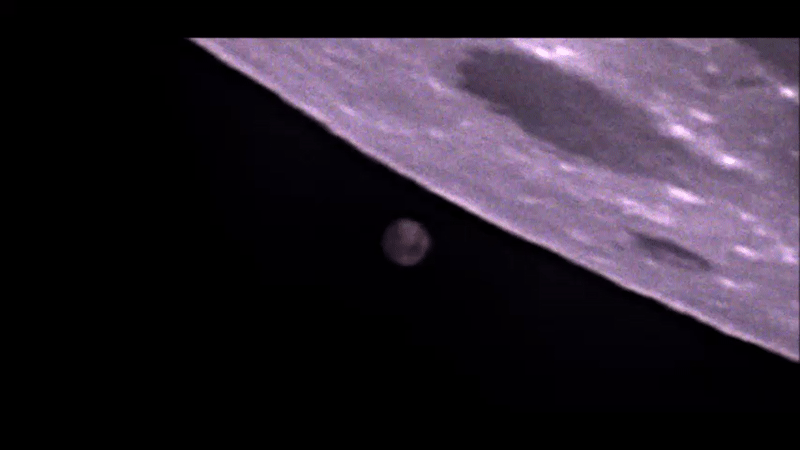The Best of 2020
/It’s no secret that 2020 has not been a great year for the majority of us, but as far as astronomy goes I think I did pretty well! Thankfully astrophotography is a relatively social-distanced activity. My main upgrade this year was the purchase of my ZWO ASI290MC camera which allowed me to take higher quality images, take images faster, and see dimmer objects than I could before.
The highlights of the year for me were definitely Mars and comet Neowise. Mars only comes around every two years, and visible comets are very rare. Also two years ago Mars was totally obscured by a planet-wide dust storm, so I was excited to get a clear view of it.
The Planets
The second half of this year gave some stunning views of the outer planets. First we had Jupiter and Saturn, and a few months after that we were graced by Mars in the evening sky. Before the year ended I was even able to catch Uranus for the first time. Even the space station put on quite a display for me this year!
To create this composite image I’ve kept all the planets and ISS on the same scale. These are the true sizes of the planets and ISS in relation to each other, Mars was captured at its closest approach.
Comet Neowise
Prior to comet Neowise I had never actually seen a comet before, neither with my camera nor my naked eye. I don’t have the camera setup to catch the truly stunning images compared to some other people online, but I’m very proud with how my images came out. I was able to find a nice rural spot in town with a view towards the horizon and spent a few nice hours waiting for sunset.
This was a fun image to take, I hope we get a bright comet again soon!
Mars
One big project I undertook this year was to not only take high quality images of Mars, but to actually map the surface of the planet from my backyard. I’m extremely proud of the result, the map is much more detailed than I expected. This took many different pictures over about three weeks to see the entire planet.
Some additional fun I had was to annotate the map and to use it as a texture on a 3D sphere to create a globe. This was one of those projects that didn’t end once the first map was created, I got to research the landing locations and features of the planet. This whole project way a joy and I’m thrilled with how well it came out.
Satellites
My new planetary camera had a surprise I wasn’t totally expecting, it came with an all sky lens. I’ve never had the ability to photograph such a wide angle before, especially not the whole sky. My immediate thought was to try and find satellites in my night sky. I started out by writing software to remove point stars and leaving streaks. It worked very well, but some manual editing was still required to make the final image.
In the end I was shocked at how many satellites I captured. Surprisingly only one or two of these streaks are starlink satellites, those were too dim for my camera to pick up. About half of these streaks are satellites, and the other half are spent rocket stages. I knew space junk was a big problem, but I hadn’t realized how visible it was!
Even more odd was I found a failed satellite that was tumbling out of control. One night I saw a news story about Venesat-1 and realized it was just within my view. I was able to get this image, and by the next night it was already below my horizon. In this image you can see the streaks of background stars going by, and the dotted line is the satellite drifting away while tumbling and reflecting light irregularly.
This image isn’t the cleanest, most beautiful, or even very self-explanatory, but it is one of the most rare objects I captured this year. I hope to have the chance to catch a satellite like this again, but I also hope that no one loses a satellite like this again!
Deep Space
Deep space objects are not usually photographed with telescope setups like mine. They require long exposure times which usually need expensive motorized antenna mounts to remain accurately pointed throughout the exposure. One night I cranked my camera to its limit and tried my best to keep the image stable by hand while I photographed the M5 globular cluster. The cluster was only a smudge on my computer screen, but with some post-processing it turned into quite a clear image.
Just like my comet picture I’m not going to be able to compete with people that have much more proper imaging setups, but I’m very proud of this image. For some reason globular clusters fascinate me, the scale of these objects is completely impossible to comprehend!
Goodbye 2020
Looking through all my images from this year I’m pleasantly surprised how much I was able to accomplish. I had a lot of fun taking all of these images, and I hope you found some joy in them as well. I’m not totally sure what my goals are for 2021, but I’m sure I’ll think of something!
In many ways this year has been a mess, so I hope you all have a happy and healthy 2021!













